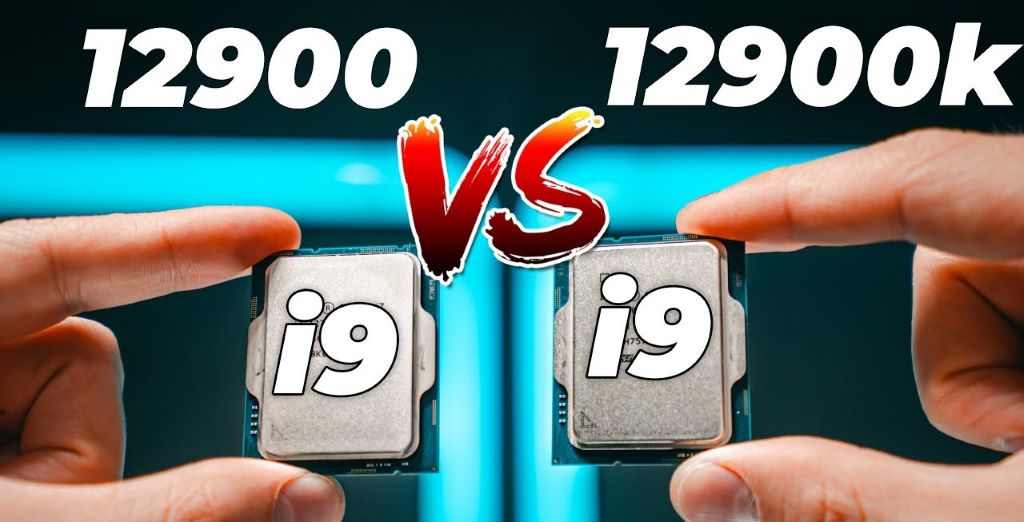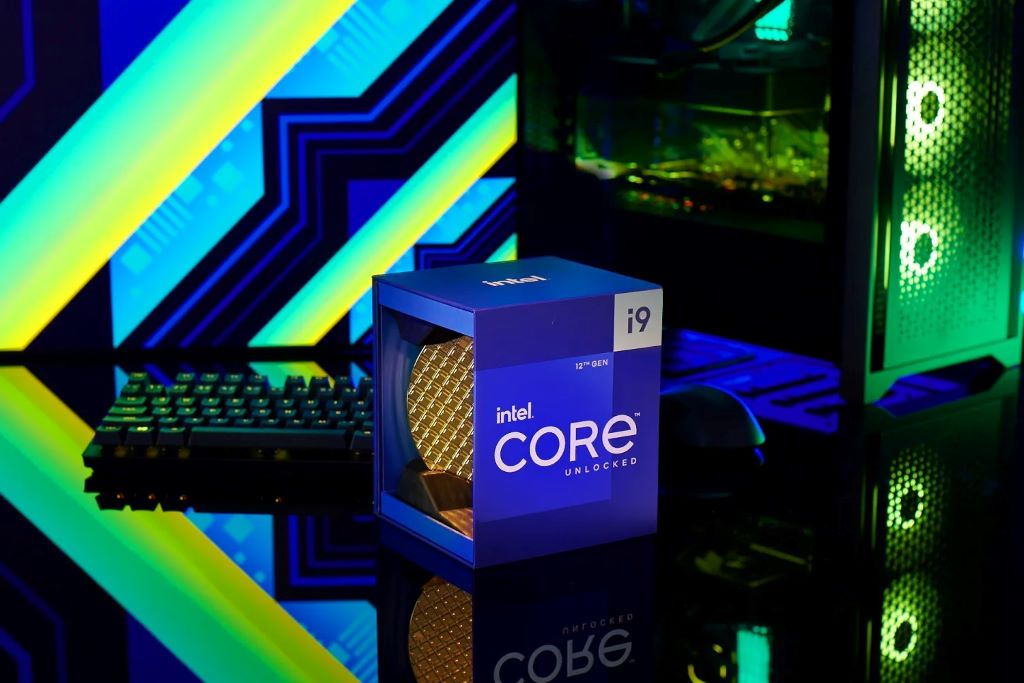
Which Intel Processor Reigns Supreme? i12900K vs 12900KF
In the realm of high-performance computing, Intel’s flagship processors often lead the charge, and the i12900K vs 12900KF debate is no exception. Both processors hail from Intel’s Alder Lake series and boast top-tier specifications aimed at gamers, content creators, and professionals. But which one deserves your hard-earned money? This comprehensive guide delves into their differences, analyzing performance, value, and real-world use cases to help you make an informed choice.
What Are the i12900K and 12900KF?
The i12900K and 12900KF are part of Intel’s 12th generation Alder Lake processors, which feature a hybrid architecture combining performance (P) cores and efficient (E) cores. Both CPUs cater to enthusiasts seeking blazing-fast performance for demanding workloads, yet they differ in subtle yet impactful ways.
- Core Count and Threads: Both CPUs offer 16 cores (8 P-cores and 8 E-cores) and 24 threads.
- Base and Boost Clock Speeds: Identical clock speeds ensure similar performance in most scenarios.
- Unlocked for Overclocking: Both are unlocked for overclocking, appealing to power users.
- GPU Differences: The major distinction lies in the integrated graphics. The i12900K includes Intel UHD Graphics 770, while the 12900KF lacks integrated graphics.
Performance Analysis: i12900K vs 12900KF
Single-Core and Multi-Core Performance
Performance enthusiasts will be pleased to know that both processors deliver exceptional single-core and multi-core performance. The hybrid architecture ensures efficient handling of single-threaded and multi-threaded tasks, from gaming to video editing.
- Single-Core: Both CPUs achieve comparable scores in benchmarks like Cinebench R23, with minor variations often within the margin of error.
- Multi-Core: Rendering-intensive tasks like Blender showcase similar results due to their identical core configuration and clock speeds.
Gaming Performance
For gaming, the presence of an integrated GPU in the i12900K could be a deciding factor for some.
- i12900K Advantage: Ideal for gamers who occasionally rely on integrated graphics, as it provides a safety net if a discrete GPU is unavailable.
- 12900KF Advantage: Slightly lower price (typically $20–$30) without sacrificing performance, making it ideal for users who already have or plan to use a dedicated GPU.
Thermals and Power Consumption
Both processors demand robust cooling solutions, especially under heavy workloads or overclocking scenarios. Reviews indicate that the 12900KF may run marginally cooler due to the absence of integrated graphics, but the difference is negligible in most setups.
Price Comparison and Value Proposition
The i12900K is often priced slightly higher due to its integrated GPU, with an average cost of $570 compared to the 12900KF’s $550. For budget-conscious users, the KF variant offers better value if you’re pairing it with a discrete GPU. However, the i12900K’s versatility, thanks to its integrated graphics, may justify the additional cost for some.
When to Choose the i12900K
- You need a backup GPU for troubleshooting.
- Integrated graphics are essential for lightweight gaming or productivity without a dedicated GPU.
- Willingness to pay a slight premium for added versatility.
When to Choose the 12900KF
- Dedicated GPU already in use or planned.
- Savings of $20–$30 matter in your build budget.
- Slightly cooler operation under identical conditions appeals to you.
Overclocking Potential
Both CPUs shine in overclocking, allowing enthusiasts to push performance boundaries. The unlocked multiplier makes it easy to tweak settings, although achieving stability requires adequate cooling and a capable motherboard.
- i12900K Overclocking Performance: No notable advantage over the 12900KF.
- 12900KF Edge: Absence of integrated graphics can marginally reduce thermal output.
Also explore: Gtx 1660 Vs Rx 580
Which Processor Fits Your Needs?
Gaming
Gamers leaning towards high-refresh-rate gaming at 1440p or 4K will find no difference in performance between the two. Pair either with a powerful GPU like the RTX 4080 for maximum potential.
Content Creation
Video editors and 3D artists who rely on GPU acceleration will lean towards the 12900KF for its cost savings. However, those needing quick access to a system in case of GPU failure might prefer the i12900K.
Everyday Productivity
For casual users or professionals in tasks like coding or office work, the choice between the two often boils down to the need for integrated graphics.
Future-Proofing Your Decision
Intel’s Alder Lake processors are future-ready with support for PCIe 5.0 and DDR5 memory. Choosing between the i12900K vs 12900KF depends less on raw power and more on your specific needs:
- i12900K: A safer, versatile choice for diverse use cases.
- 12900KF: A budget-friendly option for GPU-reliant systems.
Conclusion
The i12900K vs 12900KF debate ultimately hinges on your priorities. If integrated graphics are crucial for your setup, the i12900K offers unmatched flexibility. However, for users prioritizing raw performance and value, the 12900KF delivers identical power at a lower cost. Either way, you’re investing in a cutting-edge processor that will serve you well for years to come.


Average Rating